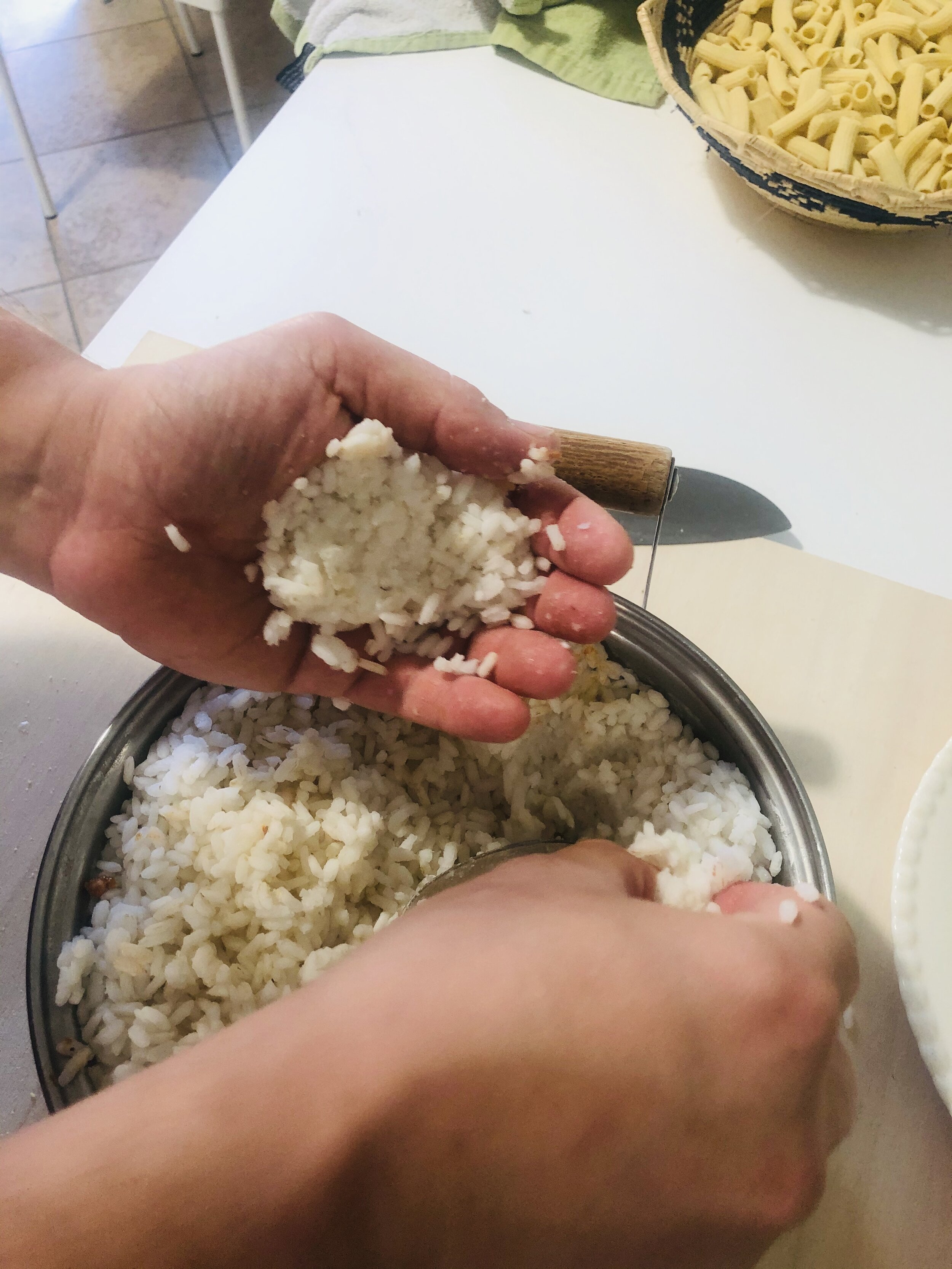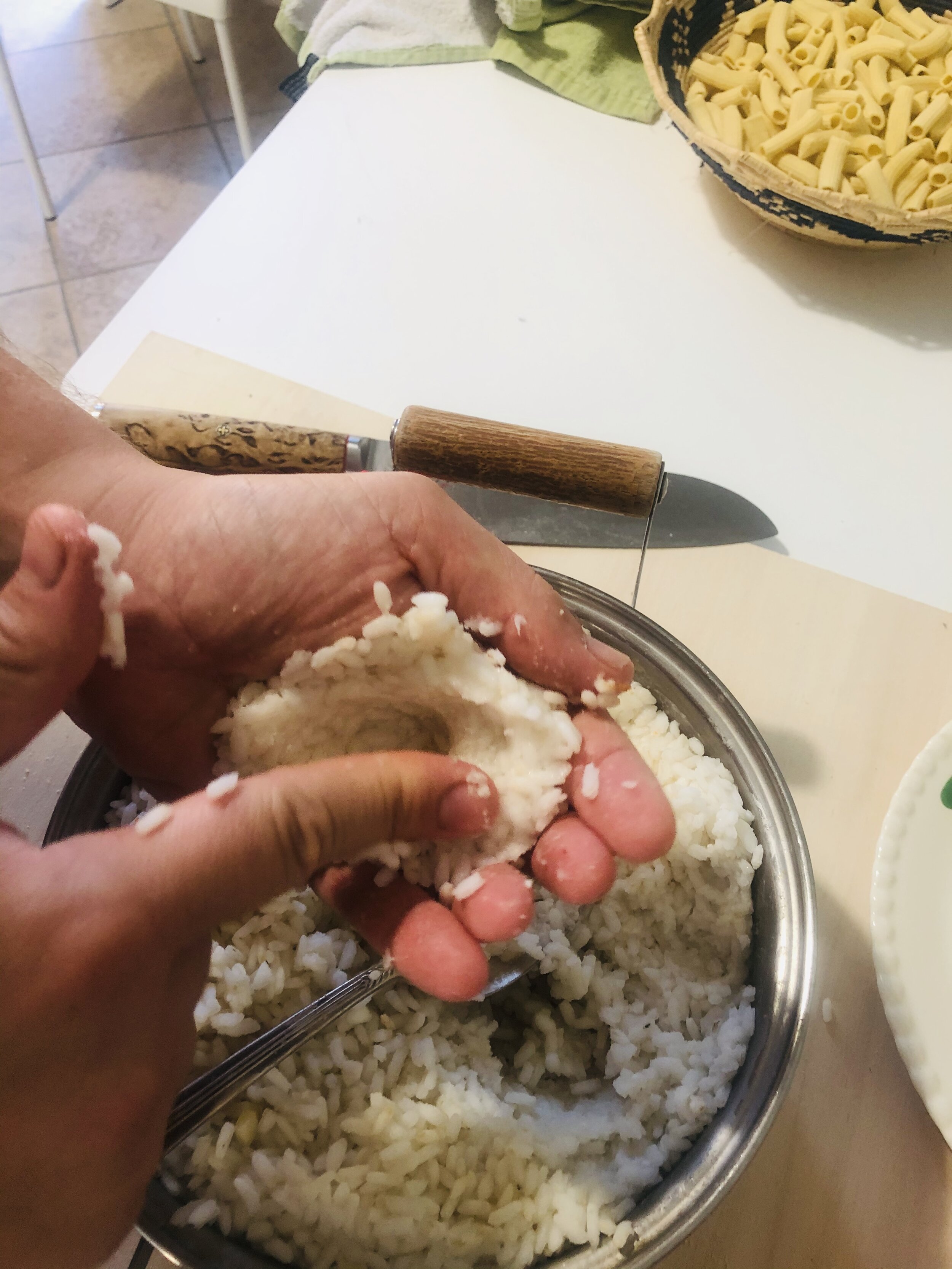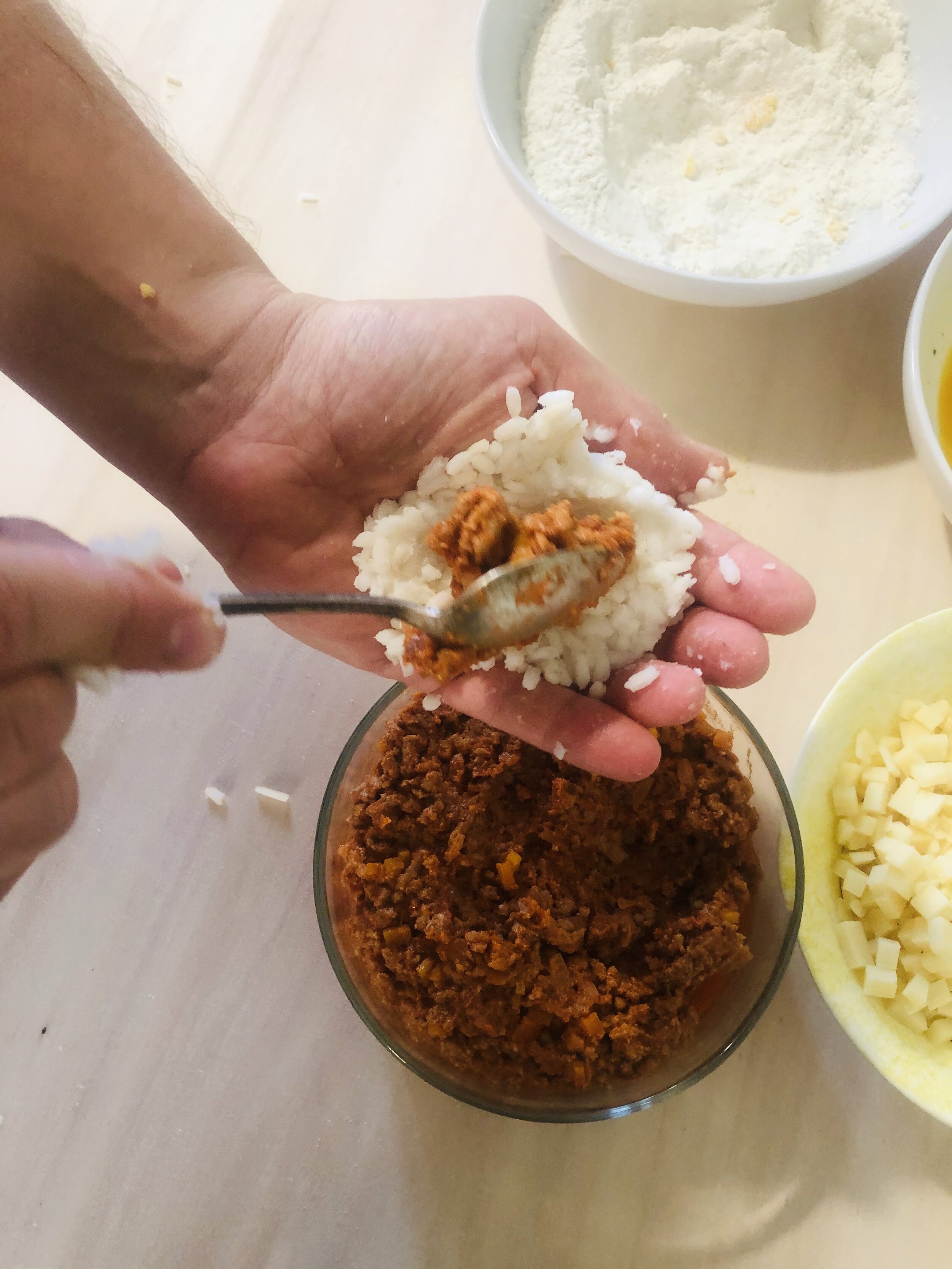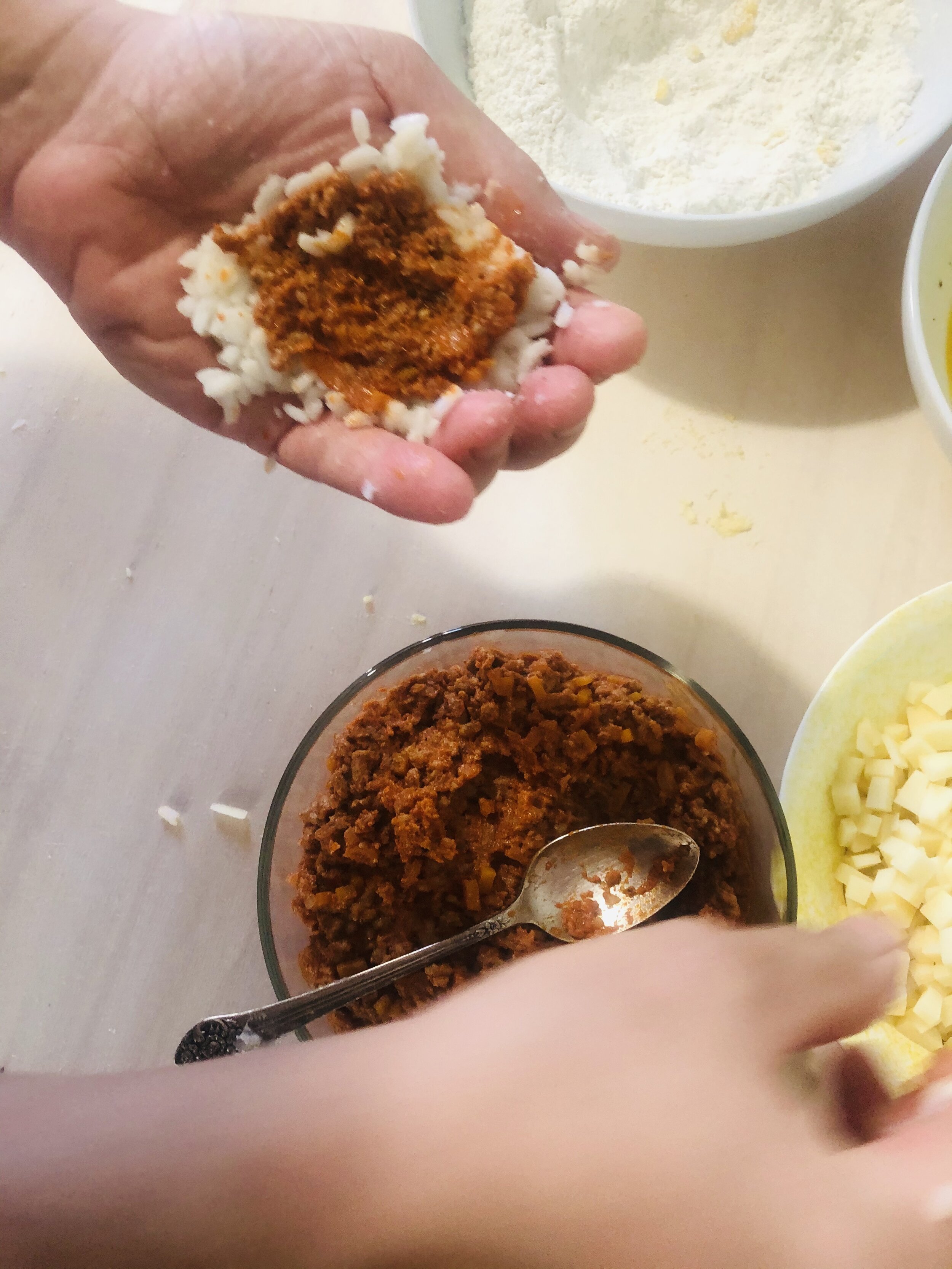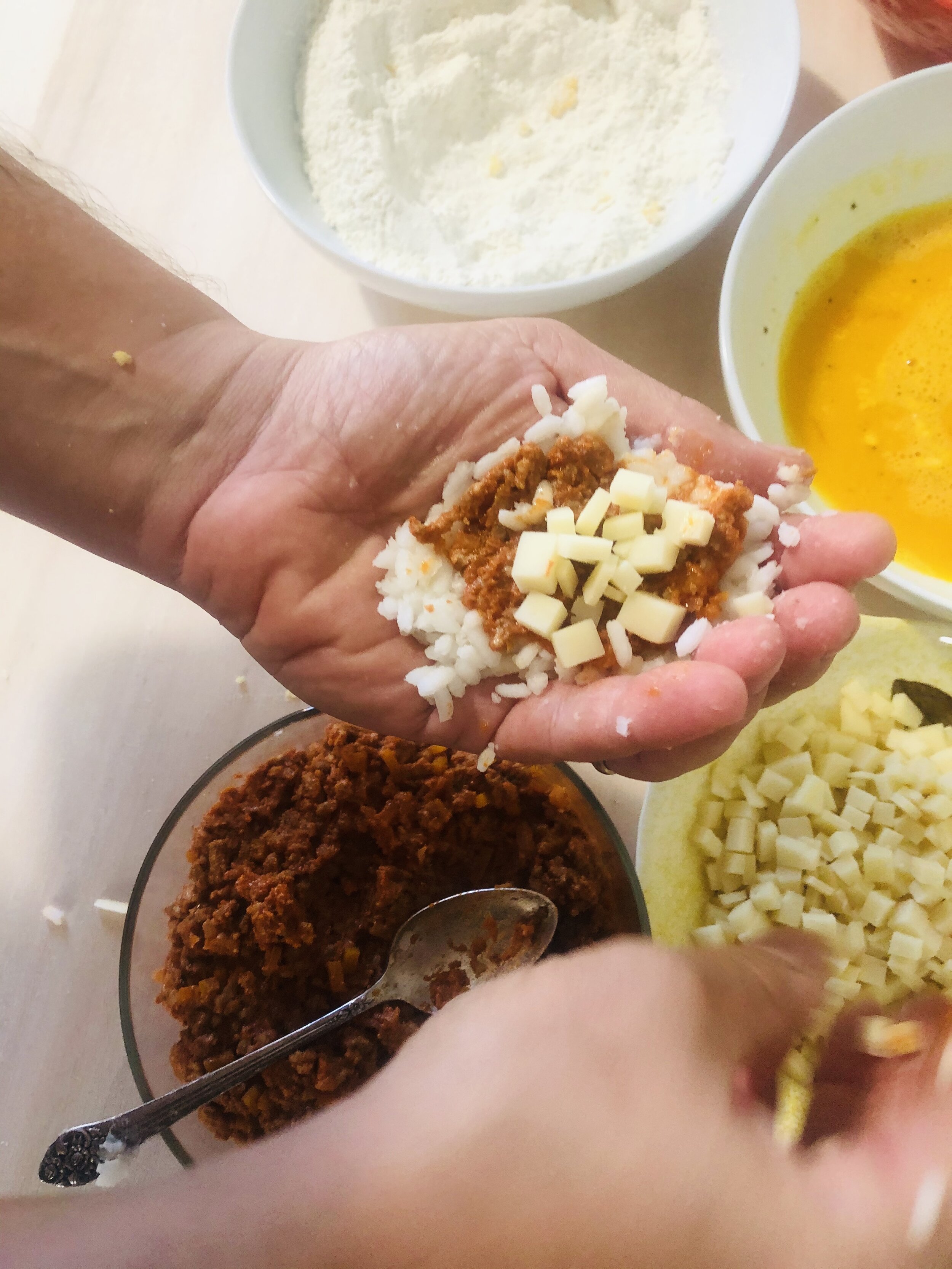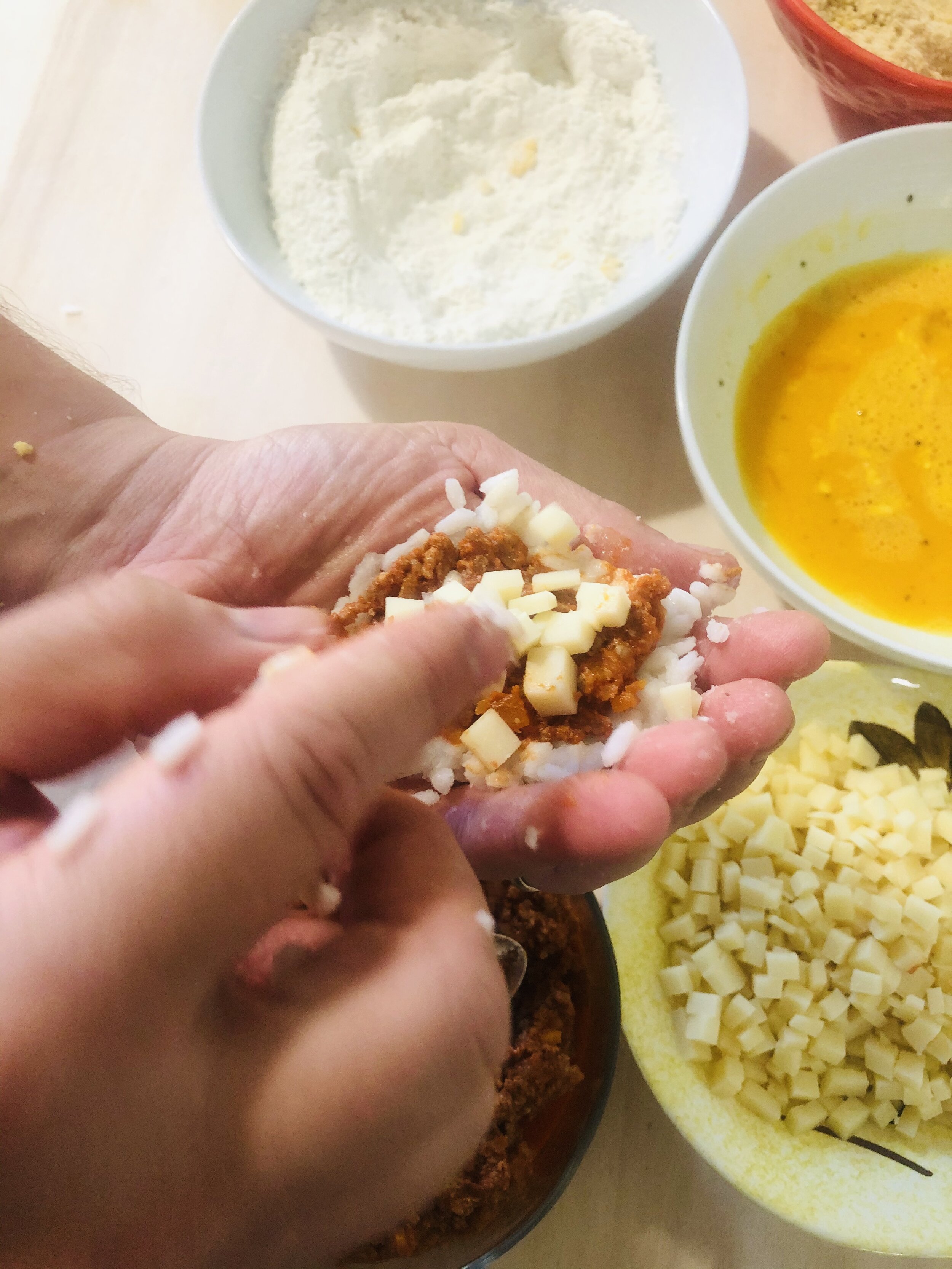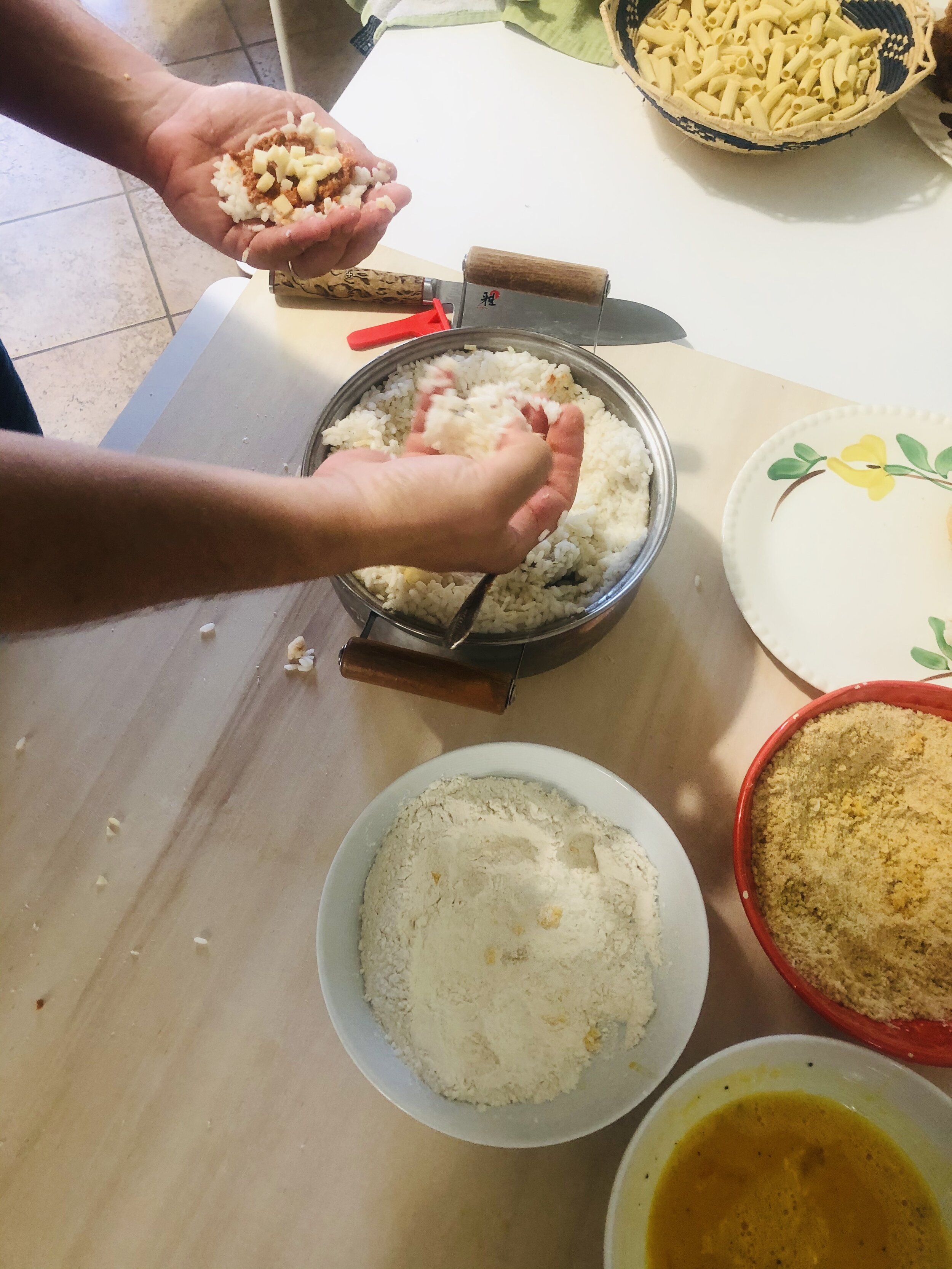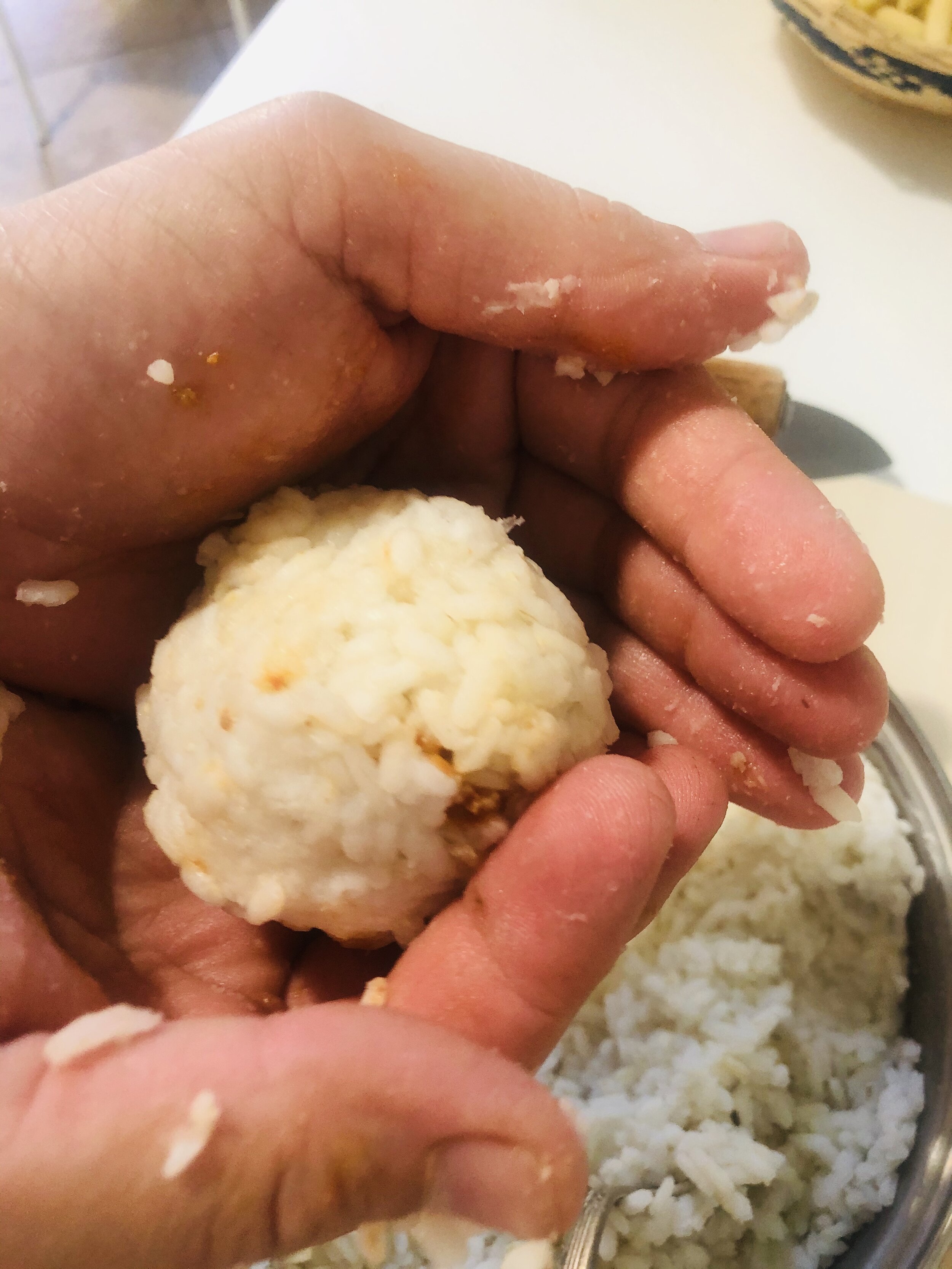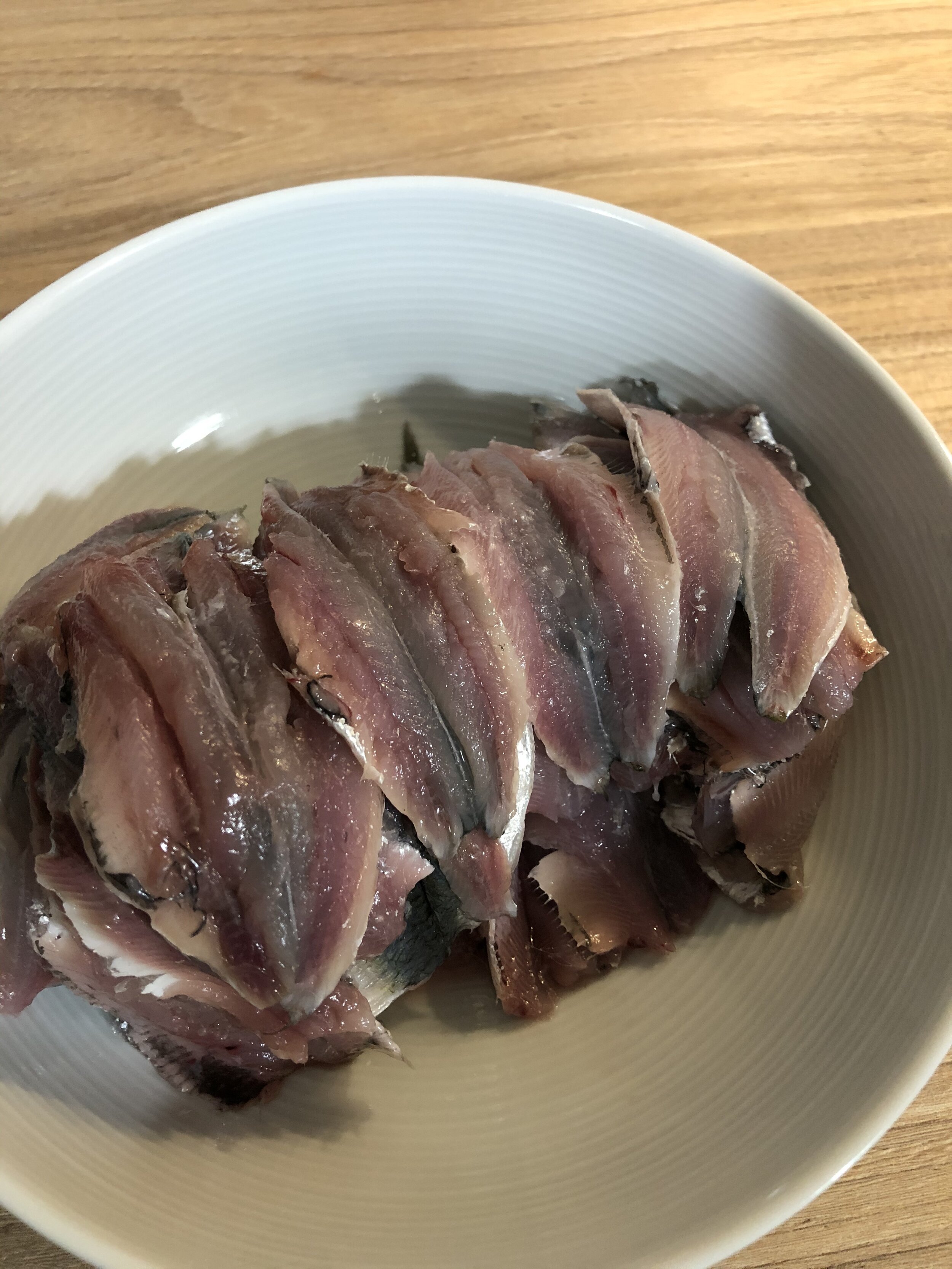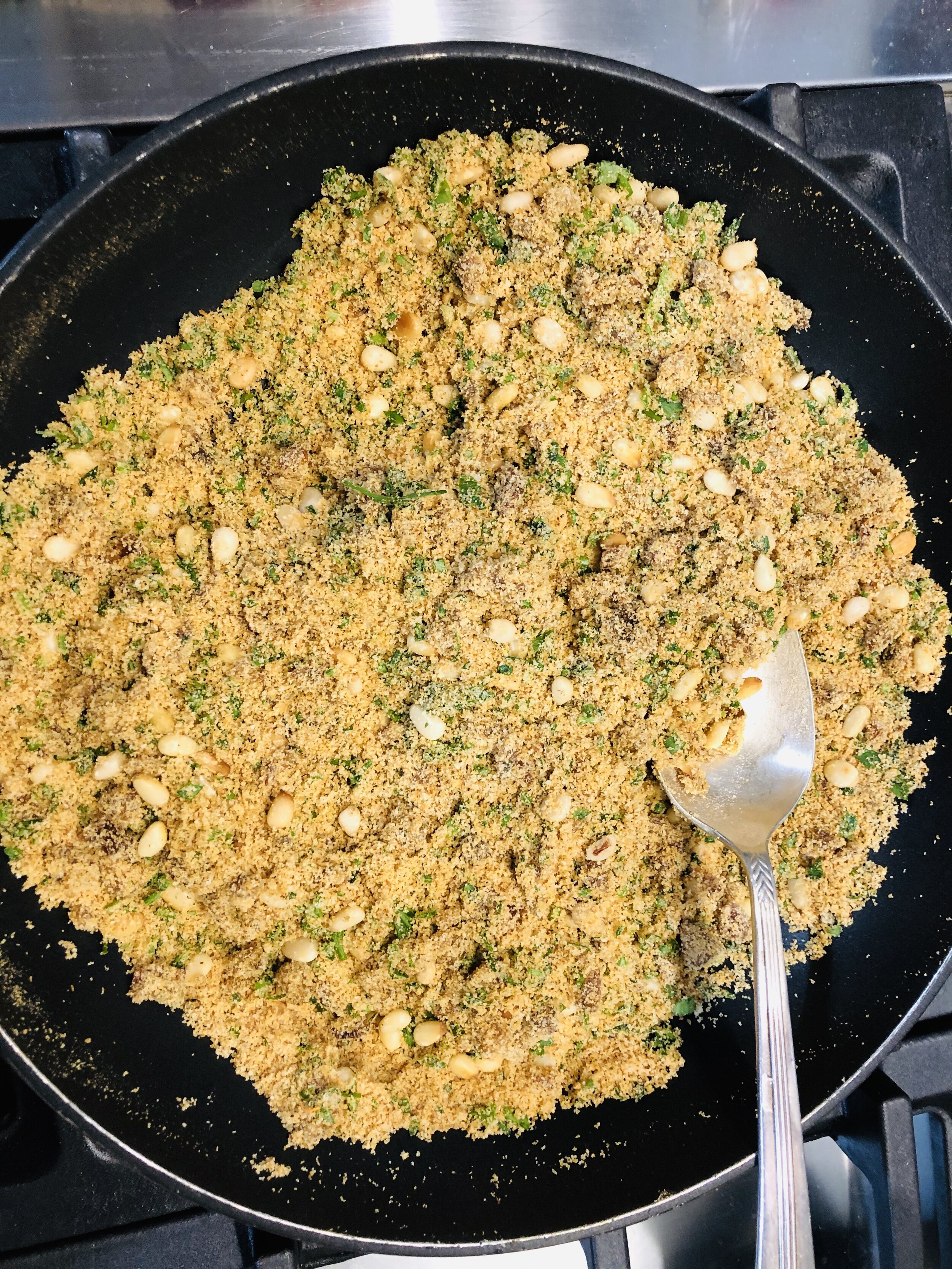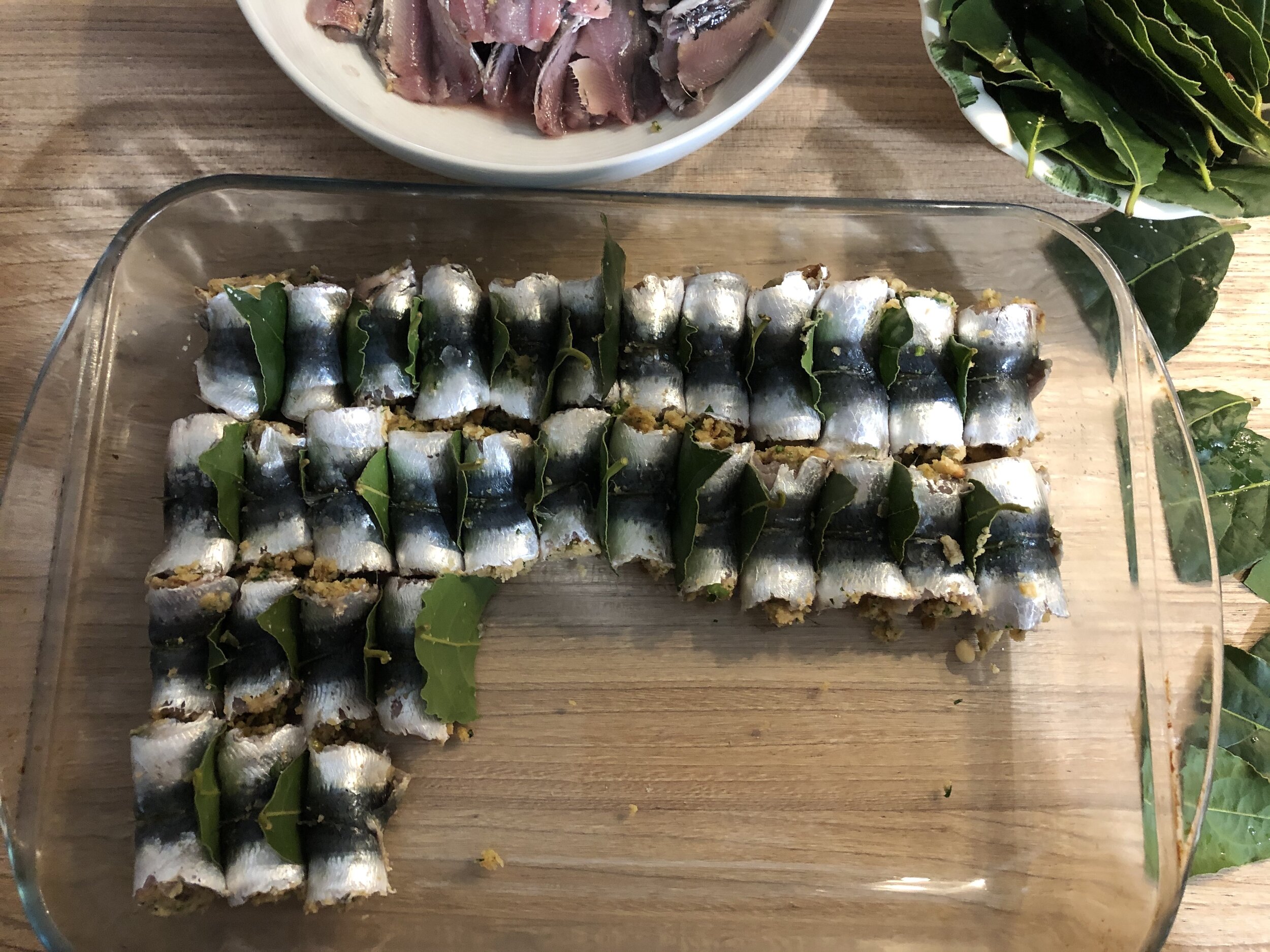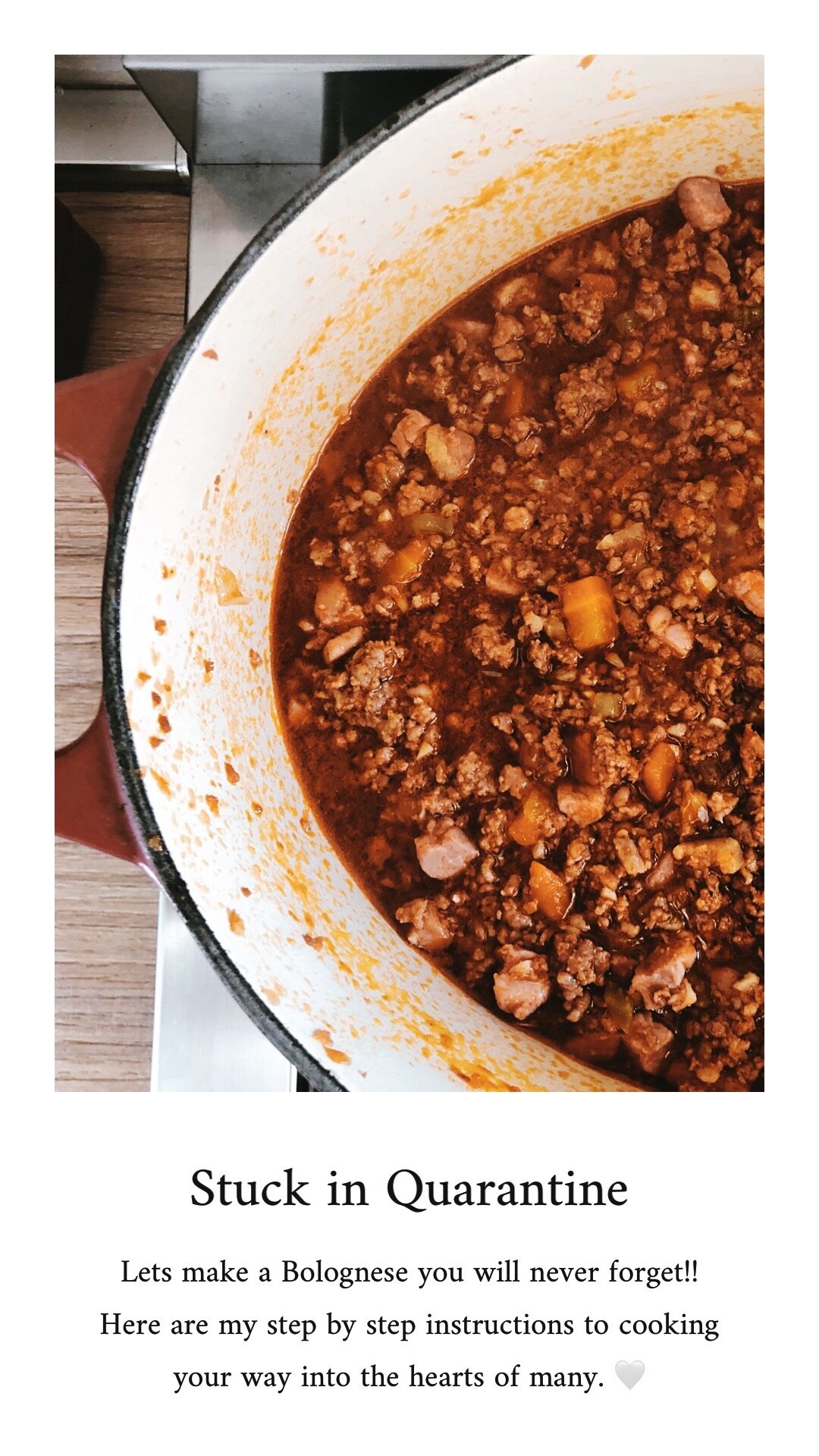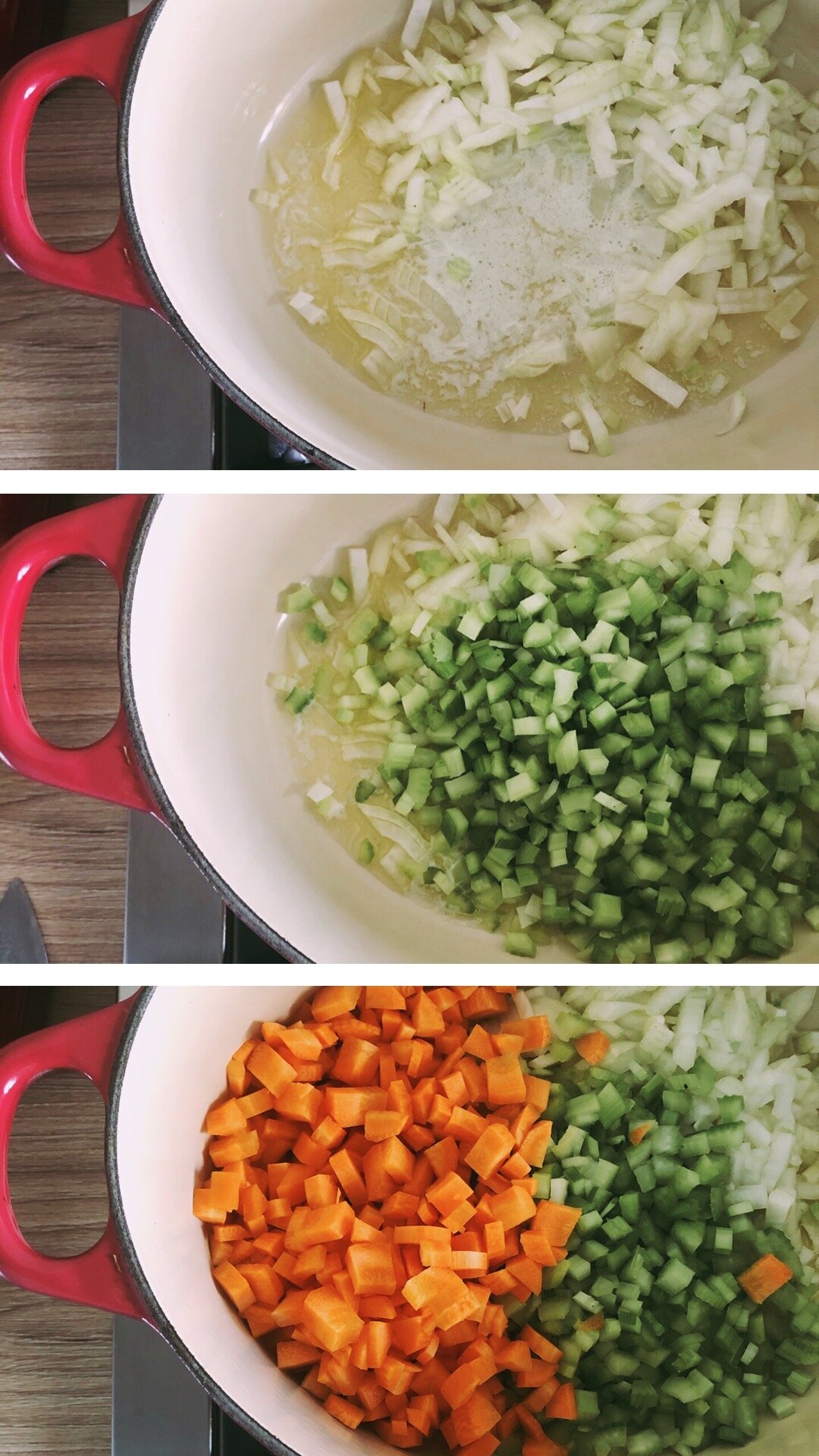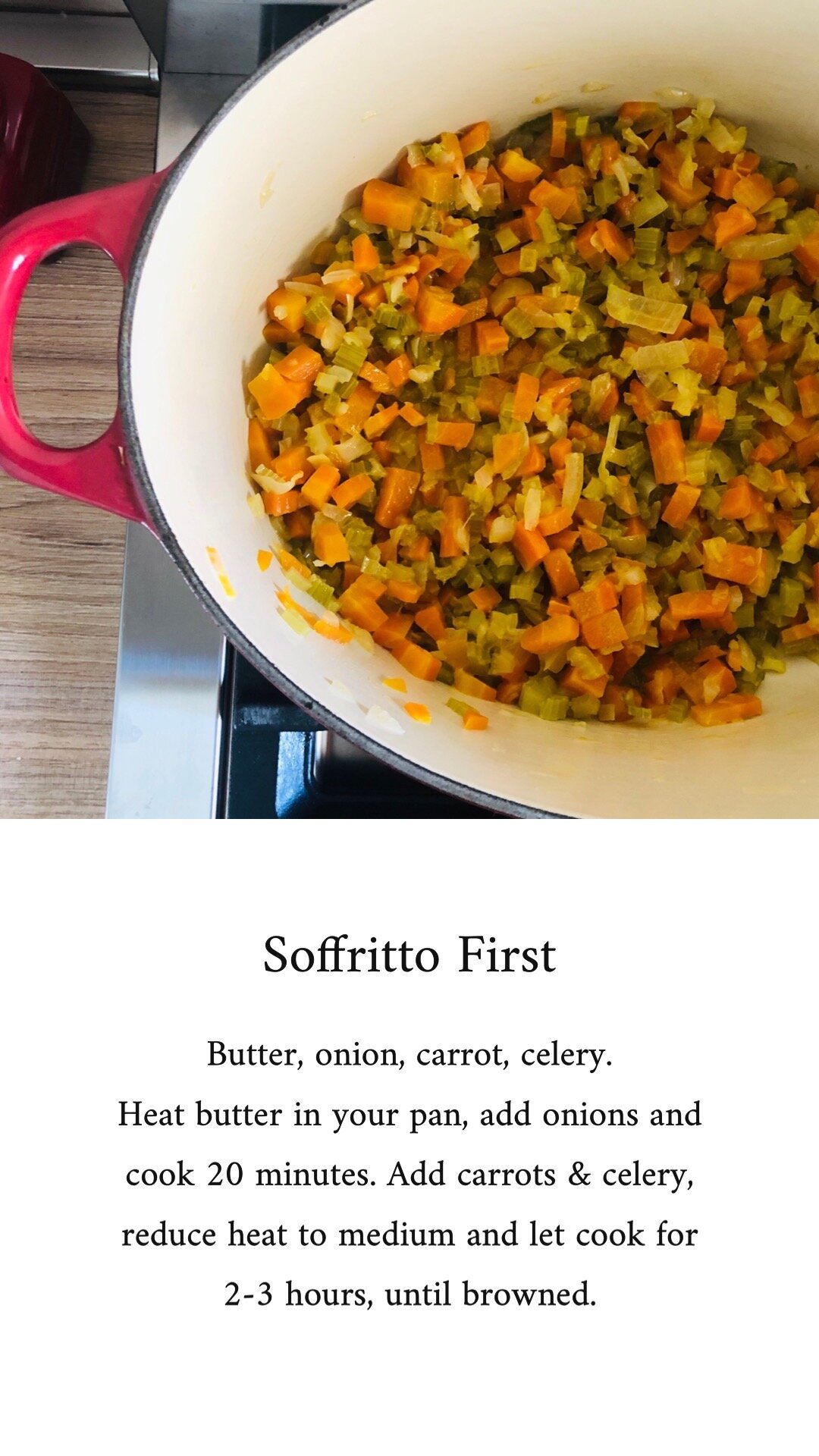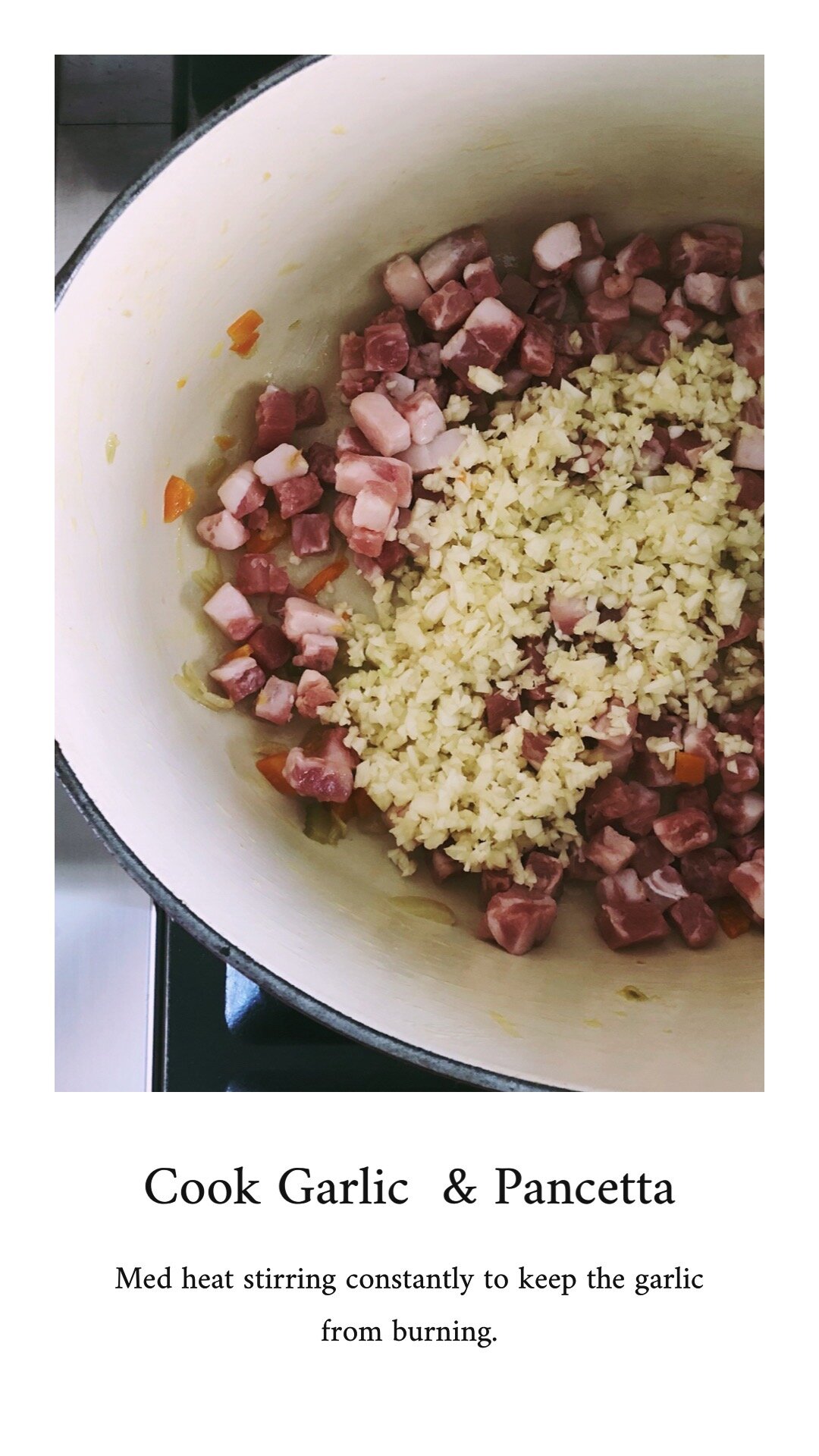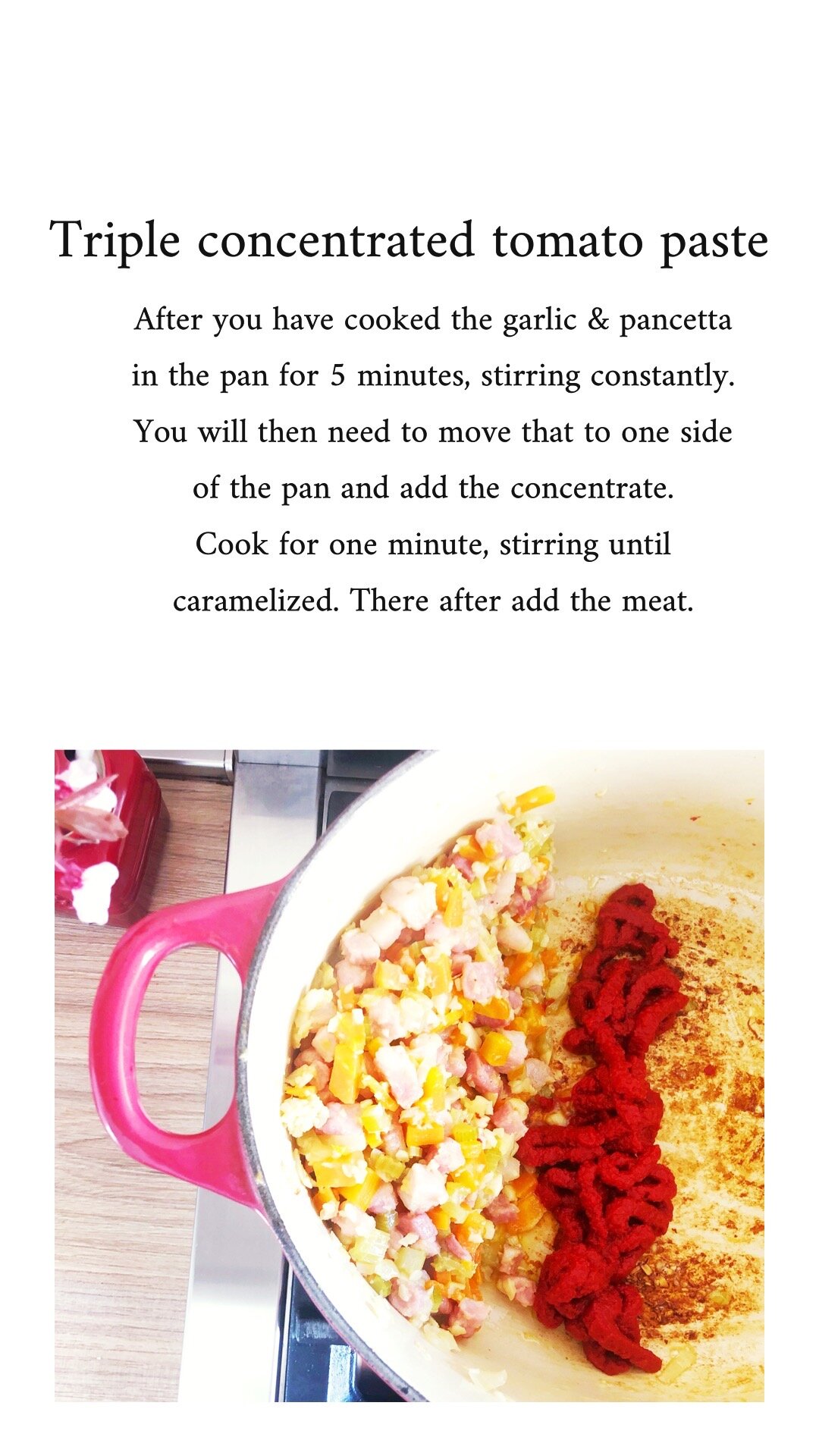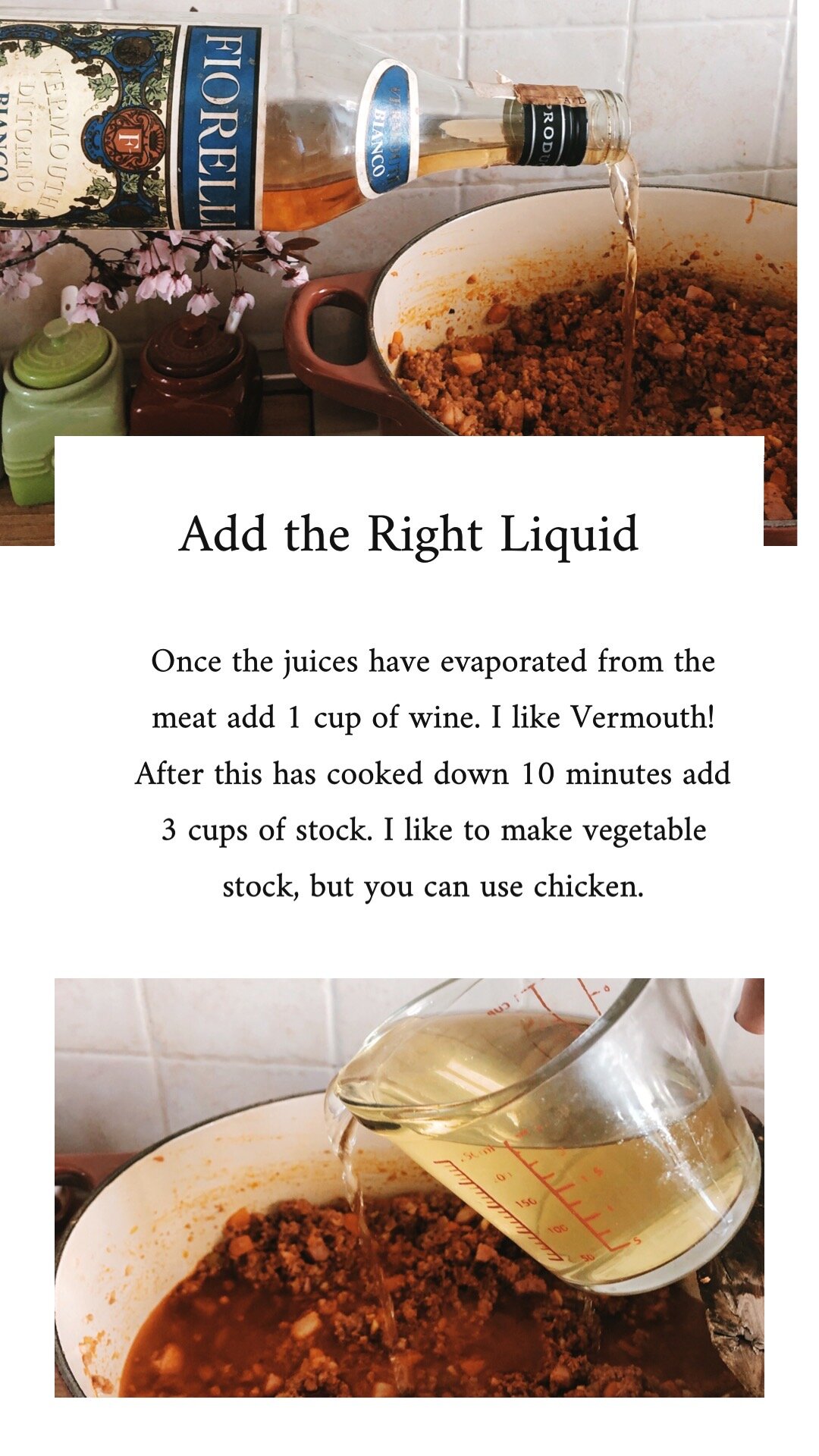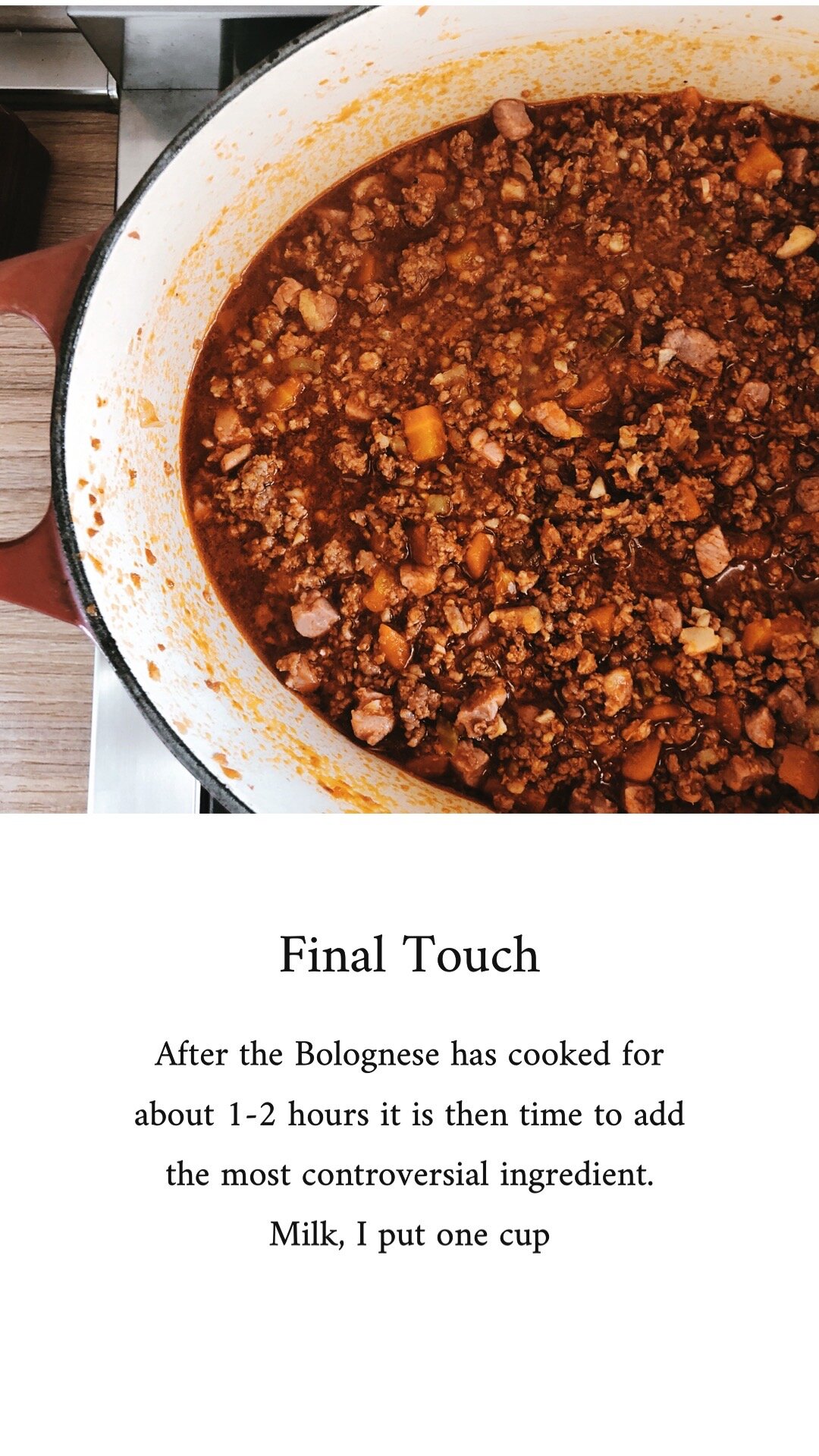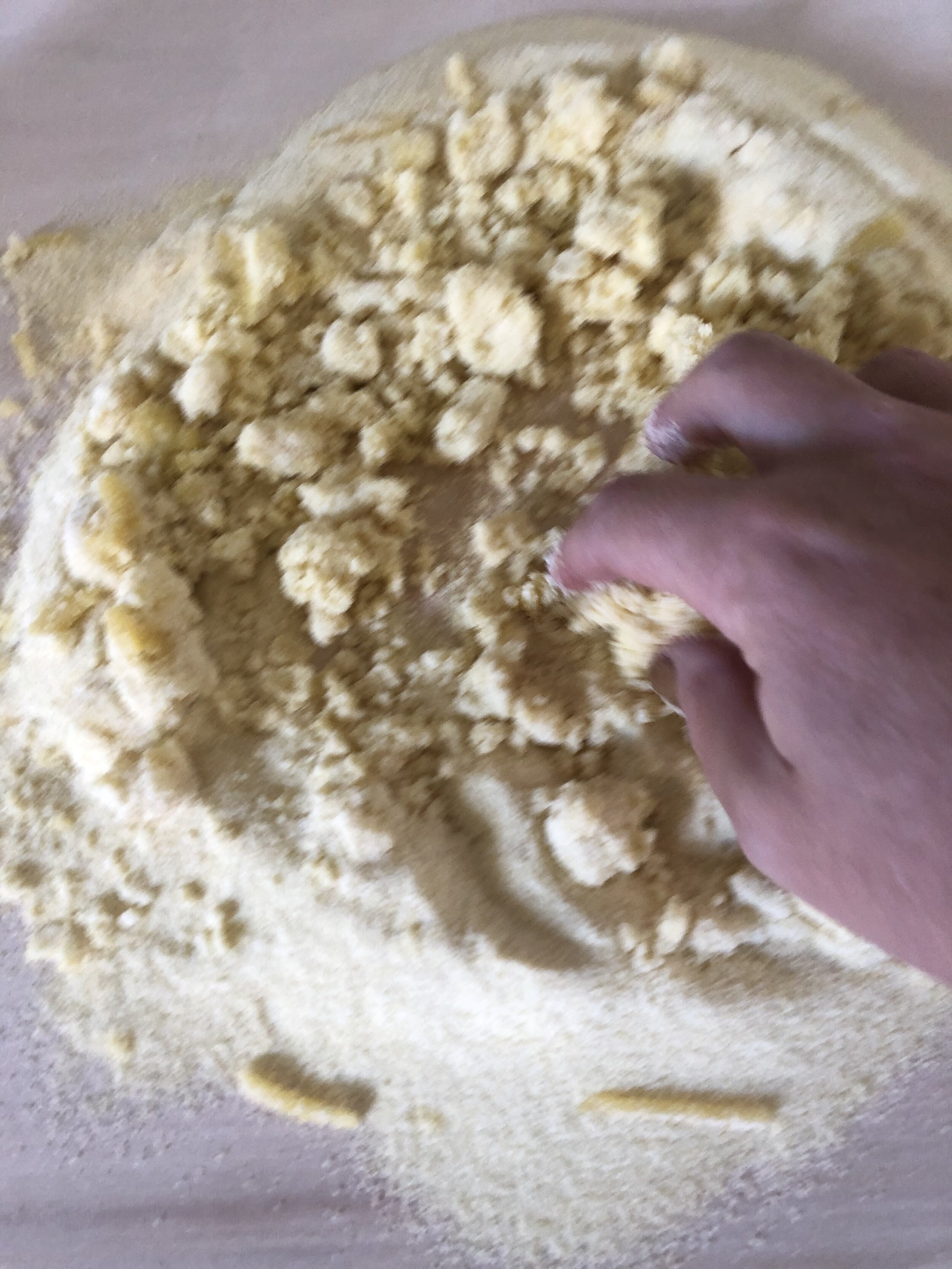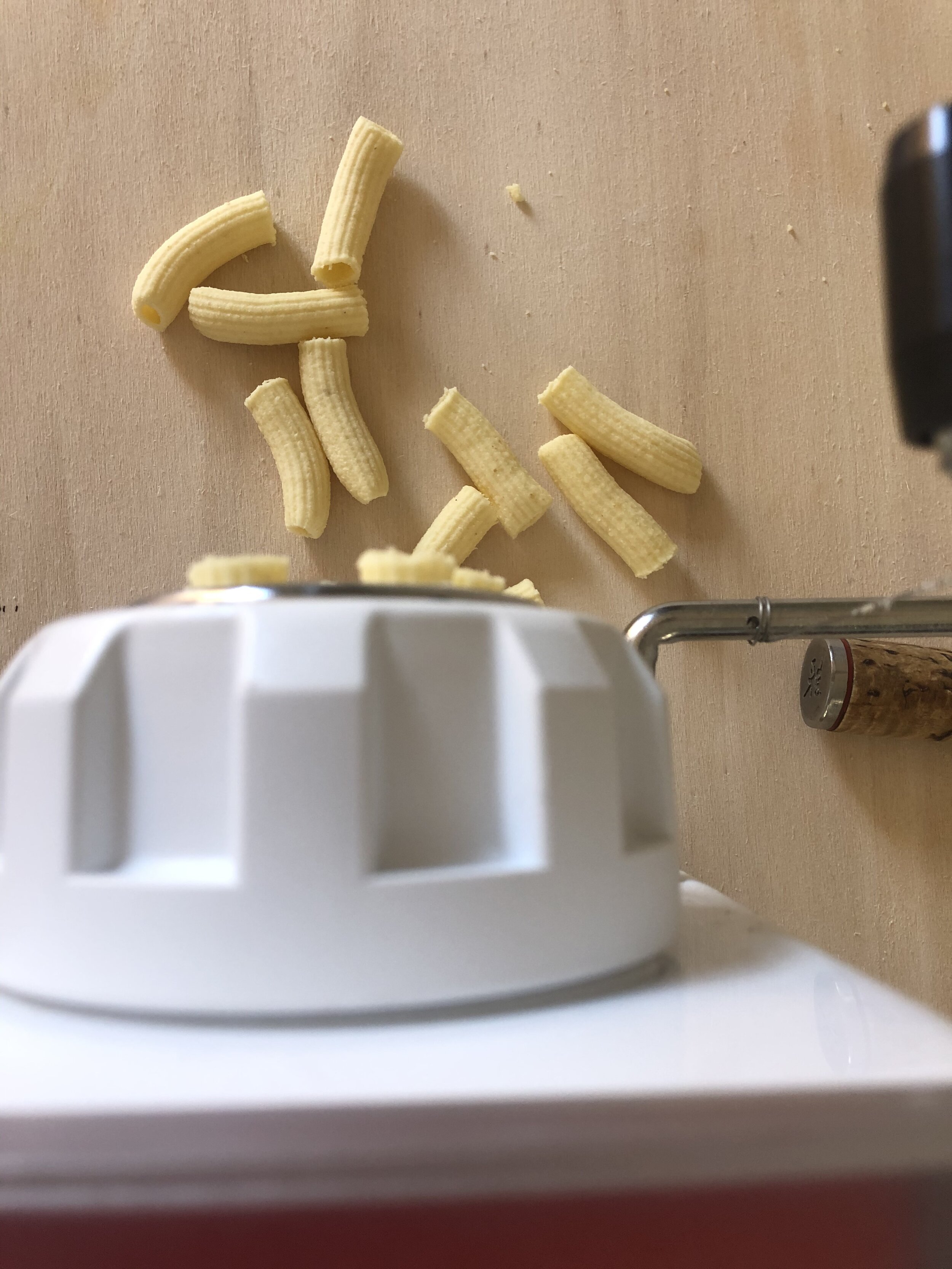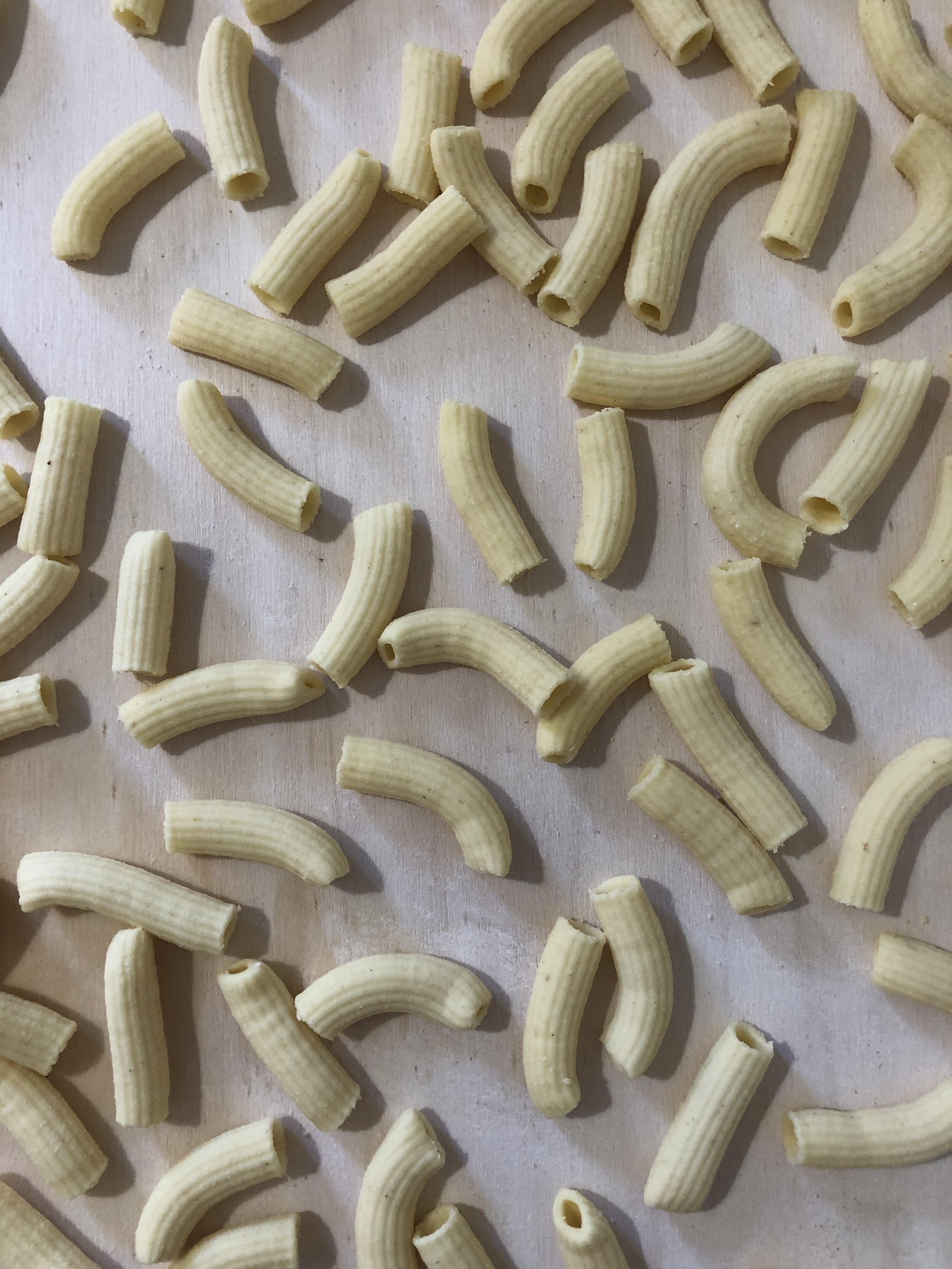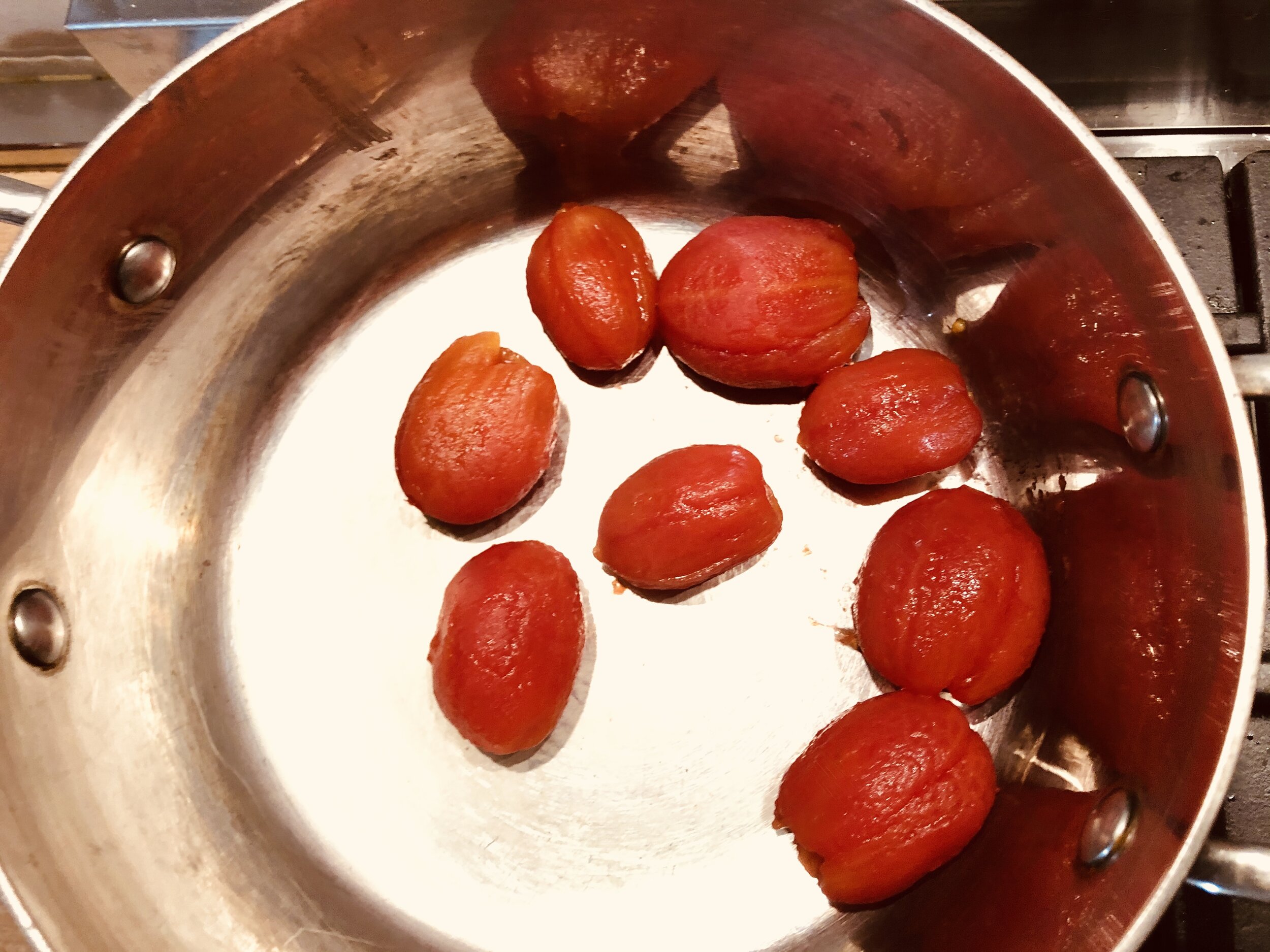The history of Piemontese cuisine: a historical journey through Piemonte foods
/by: Eleonora
Thinking about traditional Piemontese cuisine, some words immediately come to mind: tajarin, agnolotti, bunet! But when did this tradition begin?
When we talk about Piedmont and its typical food we have to start from an important assumption: the Piemontese cuisine tradition is the result of the fusion of three different cuisines. We have the popular tradition, passed on orally and made up of simple and economical ingredients; the bourgeois tradition, characterized by richer preparations; and the aristocratic cuisine, created at the court of the Savoy family. Then, during the last century, the process of contamination of these three categories began, arriving at the present with the dishes that we eat today.
ANTIPASTI
Bagna cauda
Anchovies, oil, garlic and the magic is done: bagna cauda is the simple Piemontese antipasto that never fails to surprise! It can only be found in autumn, since it is a traditional recipe that celebrates the end of the harvest. Its cheerful spirit is also reflected in the way it is served: a large terracotta bowl in the center table and a mix of raw and cooked vegetables dipped in it. In other words, a convivial dish that brings together not only people, but also the ingredients.
As I mentioned before, we only need three ingredients to prepare this dish, but one of them seems to be coming from the wrong place: I am talking about anchovies.
This small fish arrived in Piemontese cuisine many years ago, and its appearance is actually linked to the salt trade, the Via del Sale: this region was part of a route that connected the salt flats of Provence and Nice with the Piemontese valleys, bringing salt within the Italian borders.
At the end of the eighteenth century, the tax on salt began to increase significantly, and the merchants invented a way to avoid the high payment: the barrels full of salt were covered with a layer of anchovies to hide the salt from underneath.
Once they arrived in Piedmont, people understood that anchovies could be used in recipes as a substitute for salt, which explains the presence of this fish in so many Piedmontese dishes!
Vitello tonnato
This recipe breaks all the Italian rules about keeping certain ingredients separate : in fact, you will find something that is really unusual for the Italian tradition, namely the combination of meat, in this case beef, and fish (tuna and anchovies) in the same dish.
This Italian preparation was born in the north of Italy in the XVIII century, but it quickly became the face of Piemontese antipasti.
At first sight, many northern Italian and French cookery books speak of a dish in which the beef is cooked “like the tuna” (this explains the origin of the name): the beef is salted for a short time, then cooked and preserved in oil. In some of these recipes we can also see the anchovy in the broth or in the garnish sauce, but not yet the tuna.
As we can see from many 18th century European recipes (such as the Alemannic veal breast or the Lyonnaise veal ribs) the association between anchovies and beef is not new. The difference is the tuna, which probably arrived thanks to the development of the canning industry which began in France and England and then came to Italy. This way of preserving food opened the door to a new way of conceiving a specific type of food, such as tuna, giving the opportunity to use non-local ingredients to improve various recipes.
PRIMI PIATTI
Tajarin
Similar to tagliatelle but thinner, they look like tagliolini but they are not: Tajarin is a pasta in its own right!
Its preparation shows how the boundaries between poor, bourgeois and aristocratic cuisine have been broken down: from being a poor dish, characterized by familiar features and served in convivial contexts, this recipe has now become an extravagant dish thanks in particular to the version with thinly sliced white truffle.
The name “tajarin” comes from the Italian verb “tagliare” (to cut) and it refers to the act of cutting: in fact, one of the peculiarities of this pasta is that it is cut by hand with a knife. Another big difference that makes this homemade pasta unique is the dough: when we think about pasta we all know that there is a certain ratio between eggs and flour (one egg for 90g of flour). But, as you can see from the color of the tajarin, which has a distinct yellow hue, the most important ingredient is only a part of the egg: the yolk. It is the number of yolks per kilo of flour that counts, and every Piedmontese has found their own recipe that makes this traditional dish unique from place to place!
Agnolotti del plin
Derived from the dialect word “anulòt” - which refers to a specific ring-like tool used to prepare this dish - agnolotto is certainly one of the kings of the Piedmontese table.
Born as a way to use the leftovers of the roasted meat, the history of this stuffed pasta begins in the Langhe and Roero at the beginning of the twentieth century and represents a different version of the female “raviole” (a small square dumpling surrounded by hot broth).
But, what is the main difference between the two? First of all, the shape! In fact, to close the agnolotti del Plin you have to pinch the dough ( “plin” in dialect) in a special way: you have to try it!
Another peculiarity that makes this dish impossible to find outside of the Piemonte borders, is the way it is eaten: in many Piedmontese restaurants you can still find the original version of the agnolotti, served not in a normal dish but in a napkin closed in a triangle. In this way, it is possible to preserve all the tenderness of the pasta - originally agnolotti was a poor dish, eaten straight from the napkin during the working day, without adding any sauce.
In short, a really unusual way to eat dumplings, always famous for their saucy components, which disappear here, but create a really special kind of dumpling that you will never find anywhere else!
DESSERT
Bonet
I could not talk about desserts without mentioning the bonet, one of the oldest dishes in the Piedmontese culinary repertoire!
The archaic version of the bonet appears in the distant XIII century but in a completely different form: in fact, the first recipe of this pudding was characterized by the combination of milk, eggs, almonds and sugar. Today, we can see a different dessert, which has changed from cream to brown, in which the almonds are replaced by amaretti biscuits and cocoa.
Although today it is the most representative dessert of the whole region, this delicious pudding originates from the fancy tables of the aristocracy and it is only now that it has found its way into everyday meals. The curious thing about this dish is that, at the beginning of its history, it was used as a snack between courses and was not considered a dessert!
Gelato with white truffle
There is no Italy without gelato: born in Sicily during the Arab domination, gelato is certainly an emblematic preparation that can be found all over Italy.
On the other hand, there is no Piedmont without white truffle, usually used as a garnish for savory dishes…what about slicing it in a bowl of fresh gelato? When I moved to Piedmont, I was sure that I would find good gelato, but what I did not expect was this combination which I swear, it is paradise in a spoon: the contrast between the freshness of a cream or fiordilatte-flavored gelato and the delicacy of the white truffle brings you in a completely different universe! The best time to eat truffles is, of course, when they are in season, which you can read about in this article.
I hope that this essay has helped you understand the philosophy of Piedmontese cuisine better: all you have to do now is order it! Of course, you will also have to pronounce the names of the dishes correctly, and we have already thought of giving you some suggestions, you can find it here!




















